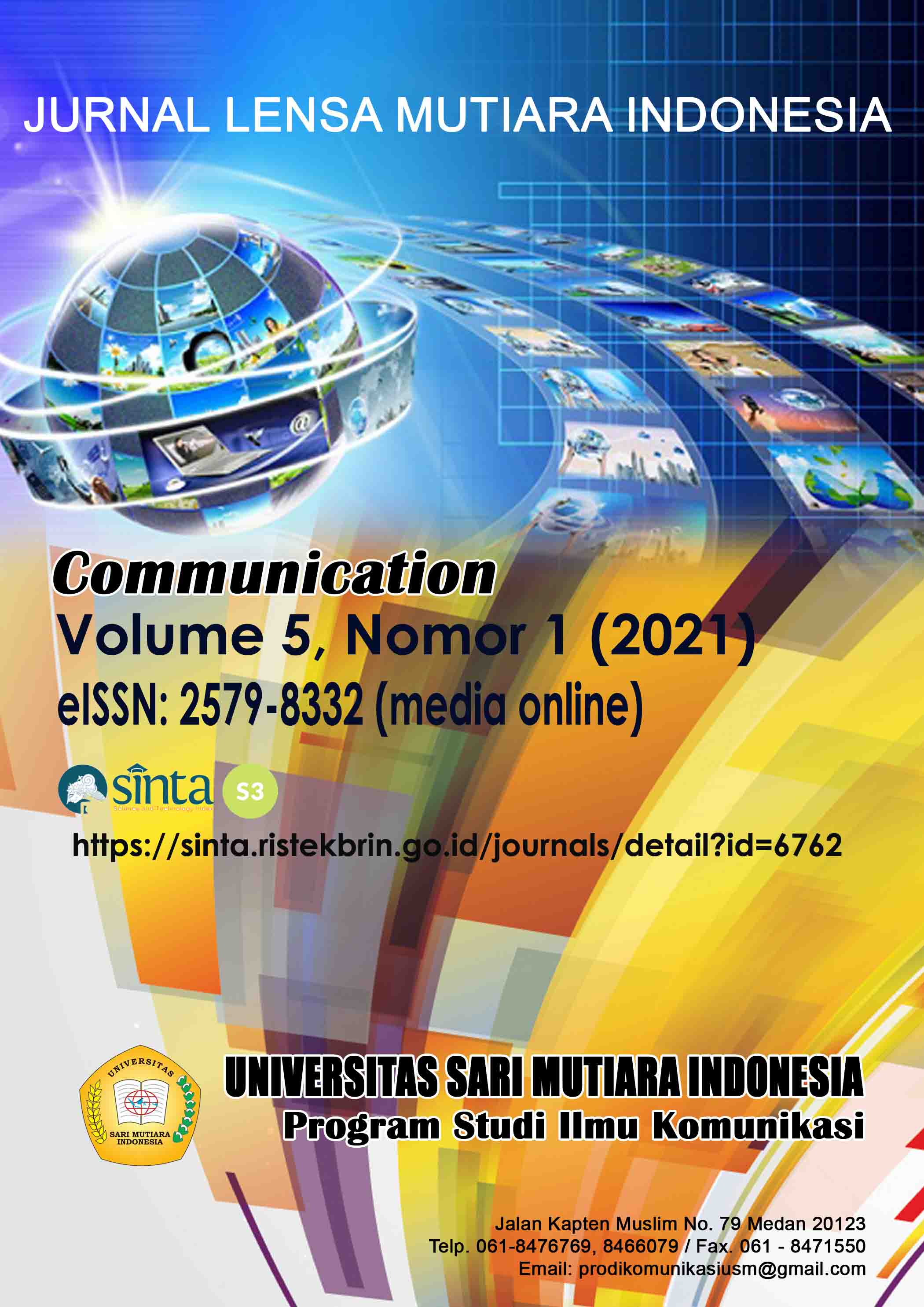Studi Review Sistematis: Aplikasi Teori Disonansi Kognitif dan Upaya Reduksinya pada Perokok Remaja
DOI:
https://doi.org/10.51544/jlmk.v5i1.1556Keywords:
cognitive dissonance, adolescent smoker, tobacco useAbstract
Everyone agrees that smoking has a negative impact on health, including adolescents. The prevalence of adolescent smoking, which is still high, higher than the target of the Rencana Pembangunan Jangka Menengah Nasional (RPJMN), is a problem that has not been resolved from 2013 to the present. This problem solving difficulty is also driven by one of the elements of communication that occurs in adolescent smokers, namely cognitive dissonance. Cognitive dissonance is a feeling of discomfort experienced by a person when cognitive elements in him collide or are inconsistent. Adolescent smokers with cognitive dissonance are faced with the fact that smoking is harmful to health, but their behavior is inconsistent with this knowledge. The efforts made by teenagers to reduce discomfort are carried out in various ways. This study discusses two ways or concepts used by adolescent smokers to reduce cognitive dissonance that occurs using a systematic review method of previous literatures. The first concept is compensatory health belief (CHB) and self-exempting belief.
Downloads
References
Arnett, Jeffrey Jensen. "Optimistic Bias in Adolescent and Adult Smokers and Nonsmokers." 25 (2000). https://doi.org/10.1016/s0306-4603(99)00072-6.
Badan Penelitian dan Pengembangan Kesehatan. Riset Kesehatan Dasar 2018. Kementerian Kesehatan RI (Jakata: 2018).
Borland, Ron, Hua-Hie Yong, James Balmford, Geoffrey T. Fong, Mark P. Zanna, and Gerard Hastings. "Do Risk-Minimizing Beliefs About Smoking Inhibit Quitting? Findings from the International Tobacco Control (Itc) Four-Country Survey." Elsevier Inc. (2009). https://doi.org/10.1016/j.ypmed.2009.06.015.
Brigham, C.J. Social Psychology. Boston: Harper Collins Publisher, Inc., 1991.
Chapman, Simon, Wai Leng Wong, and Wayne Smith. "Self-Exempting Beliefs About Smoking and Health:Differences between Smokers and Ex-Smokers." American Journal of Public Health 83 (1993).
Dainton, Marianne, and Elaine D Zelley. Applying Communication Theory for Professional Life. California: Sage Publisher, 2018.
Festinger, L. A Theory of Cognitive Dissonance. Illinois: Row and Peterson, 1957.
Fotuhi, Omid, Geoffrey T Fong, Mark P Zanna, Ron Borland, Hua-Hie Yong, and K Michael Cummings. "Patterns of Cognitive Dissonance-Reducing Beliefs among Smokers: A Longitudinal Analysis from the International Tobacco Control (Itc) Four Country Survey." British Medical Journal: Tobacco Control (2011). https://doi.org/10.1136/tobaccocontrol-2011-050139.
Gatchel, R.J. An Introduction to Health Psychology. New York: Mc Graw-Hill Book Company, 1989.
Halpern-Felsher, Bonnie L., Michael Biehl, Rhonda Y. Kropp, and Mark L. Rubinstein. "Perceived Risks and Benefits of Smoking: Differences among Adolescents with Different Smoking Experiences and Intentions." The Institute For Cancer Prevention and Elsevier Inc (2004). https://doi.org/10.1016/j.ypmed.2004.02.017.
Komasari, Dian, and Avin Fadilla Helmi. "Faktor-Faktor Penyebab Perilaku Merokok Pada Remaja." Jurnal Psikologi (2000).
Littlejohn, Stephen, A Foss Karen, and John G Oetzel. Theories of Human Communication (11th Edition). Boston: McGraw Hill, 2017.
Oakes, Wendy, Simon Chapman, Ron Borland, James Balmford, and Lisa Troter. "‘‘Bulletproof Skeptics in Life’s Jungle’’: Which Self-Exempting Beliefs About Smoking Most Predict Lack of Progression Towards Quitting?". The Institute For Cancer Prevention and Elsevier Inc. (2004). https://doi.org/10.1016/j.ypmed.2004.03.001.
Rabiau, M, B Knauper, and P Miquelon. "The External Quest for Optimal Balance between Maximizing Pleasure and Minimizing Harm: The Compensatory Health Beliefs Model." British Journal of Health Psychology (2006). https://doi.org/10.1093/her/cyp032.
Radtke, Theda, Urte Scholz, Roger Keller, Barbel Knauper, and Rainer Hornung. "Smoking-Specific Compensatory Health Beliefs and the Readiness to Stop Smoking in Adolescents." British Journal of Health Psychology (2011). https://doi.org/10.1348/2044-8287.002001.
Republika. 1998. Lebih Tiga Juta Meninggal karena Tembakau dalam Setahun. Harian Republika. 30 Oktober 1998.
Schreuders, Michael, Nikha T. Krooneman, Bas van den Putte, and Anton E. Kunst. "Boy Smokers’ Rationalisations for Engaging in Potentially Fatal Behaviour: In-Depth Interviews in the Netherlands." International Journal of Environmental Research and Public Health (2018). https://doi.org/10.3390/ijerph15040767.
Weinstein, N D. "The Precaution Adoption Process." Health Psychology (1988). https://doi.org/10.1037//0278-6133.7.4.355.
Weinstein, N D, S E Marcus, and R P Moser. "Smokers’ Unrealistic Optimism About Their Risk." British Medical Journal: Tobacco Control (2005). https://doi.org/10.1136/tc.2004.008375.

















